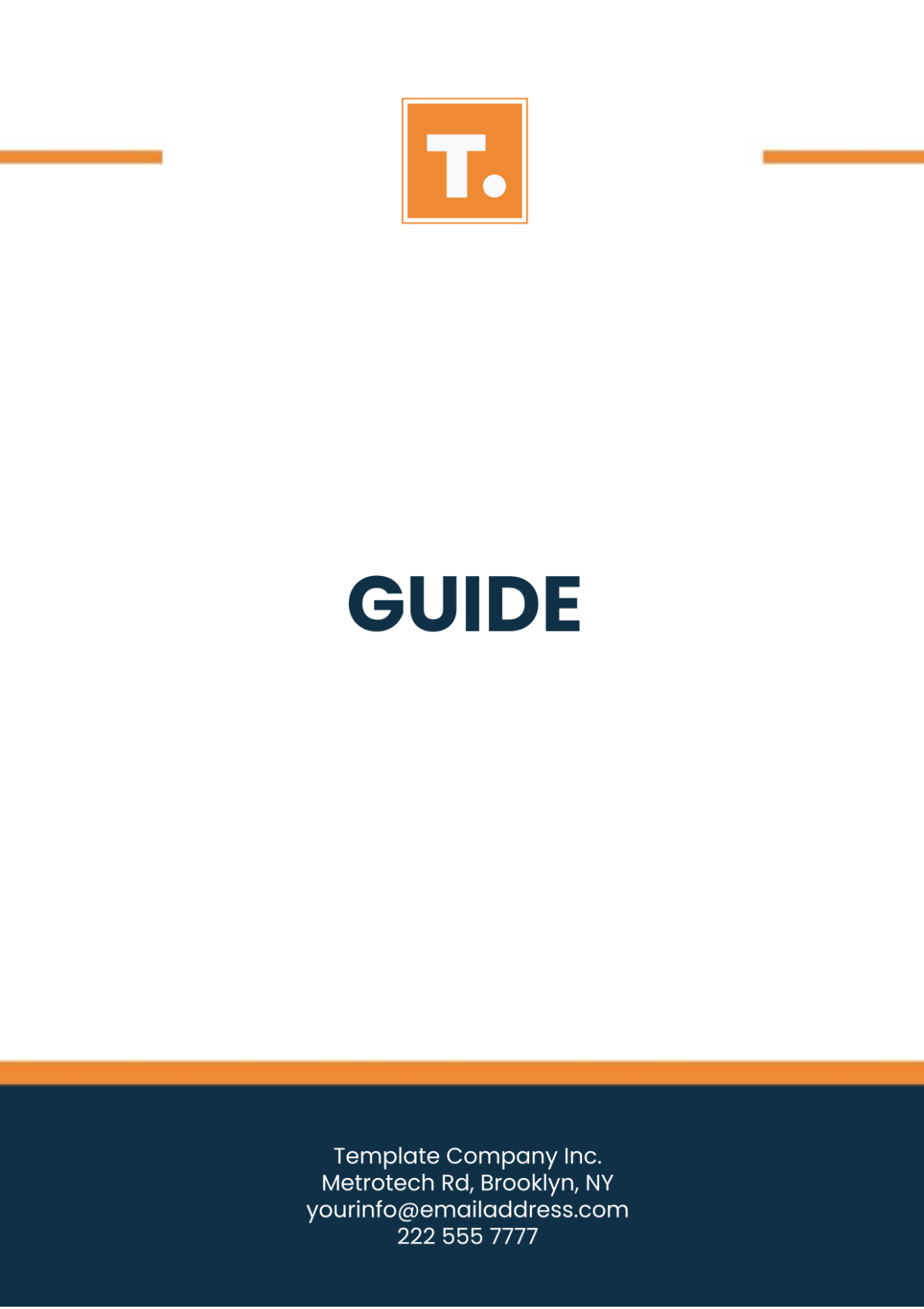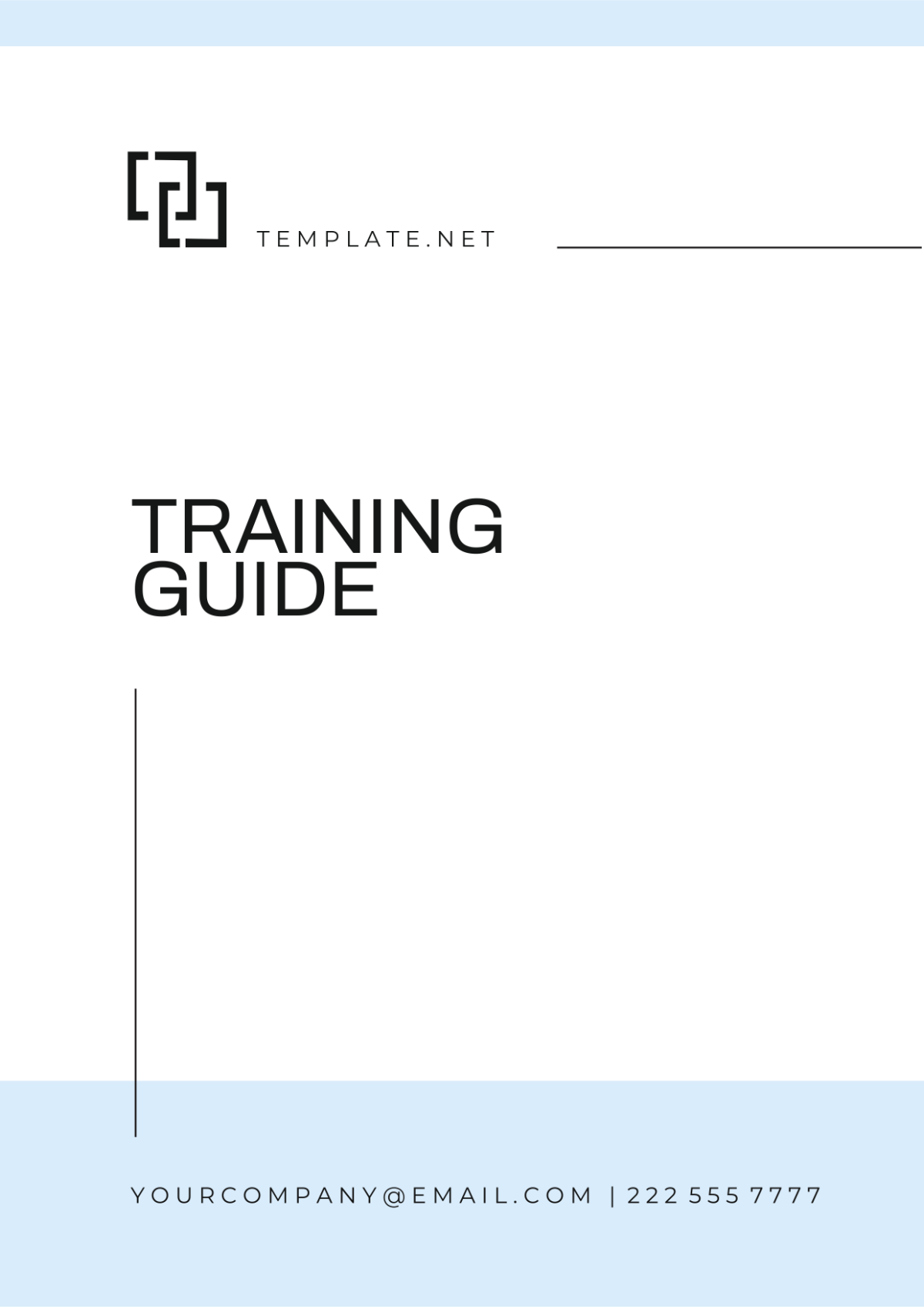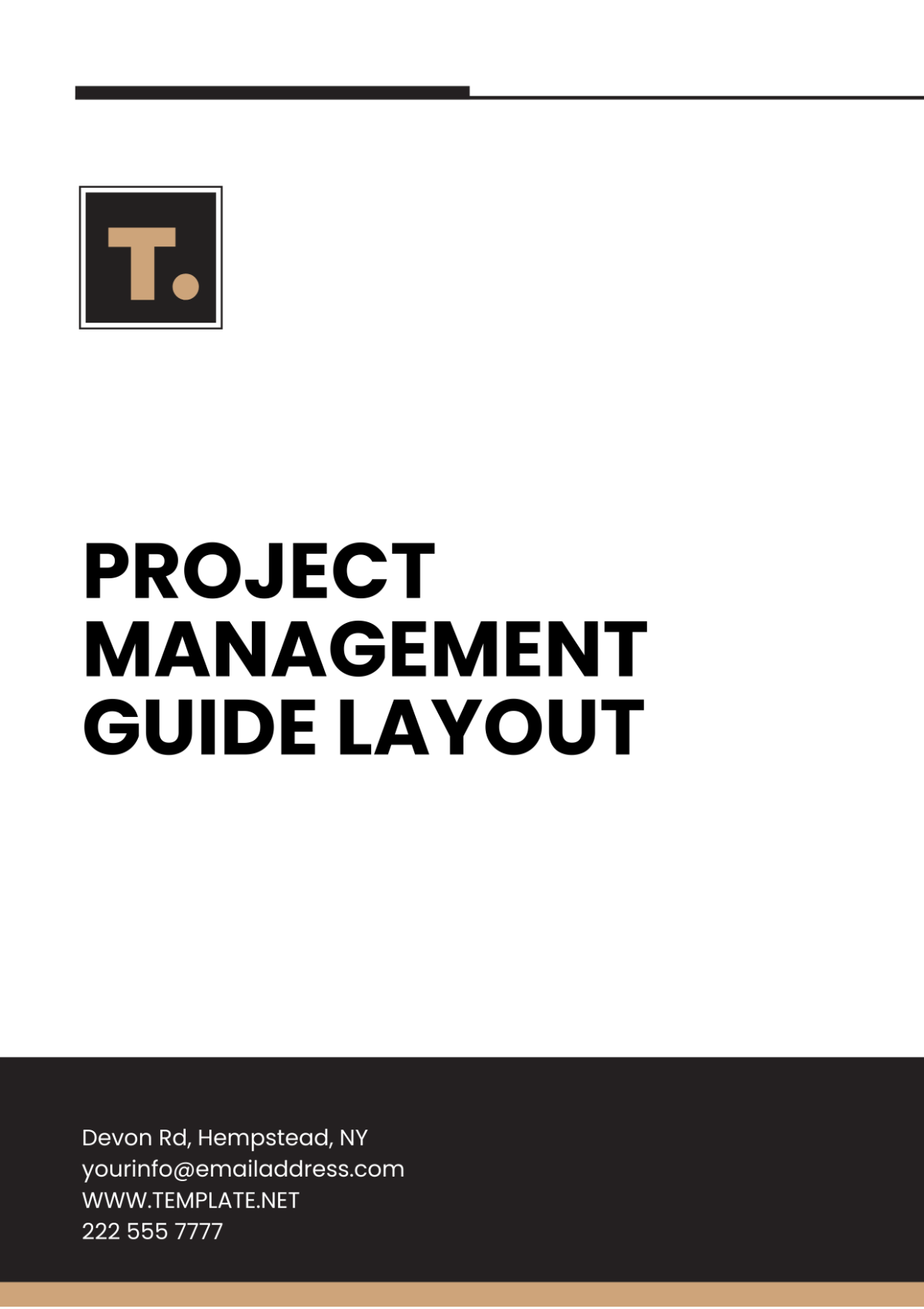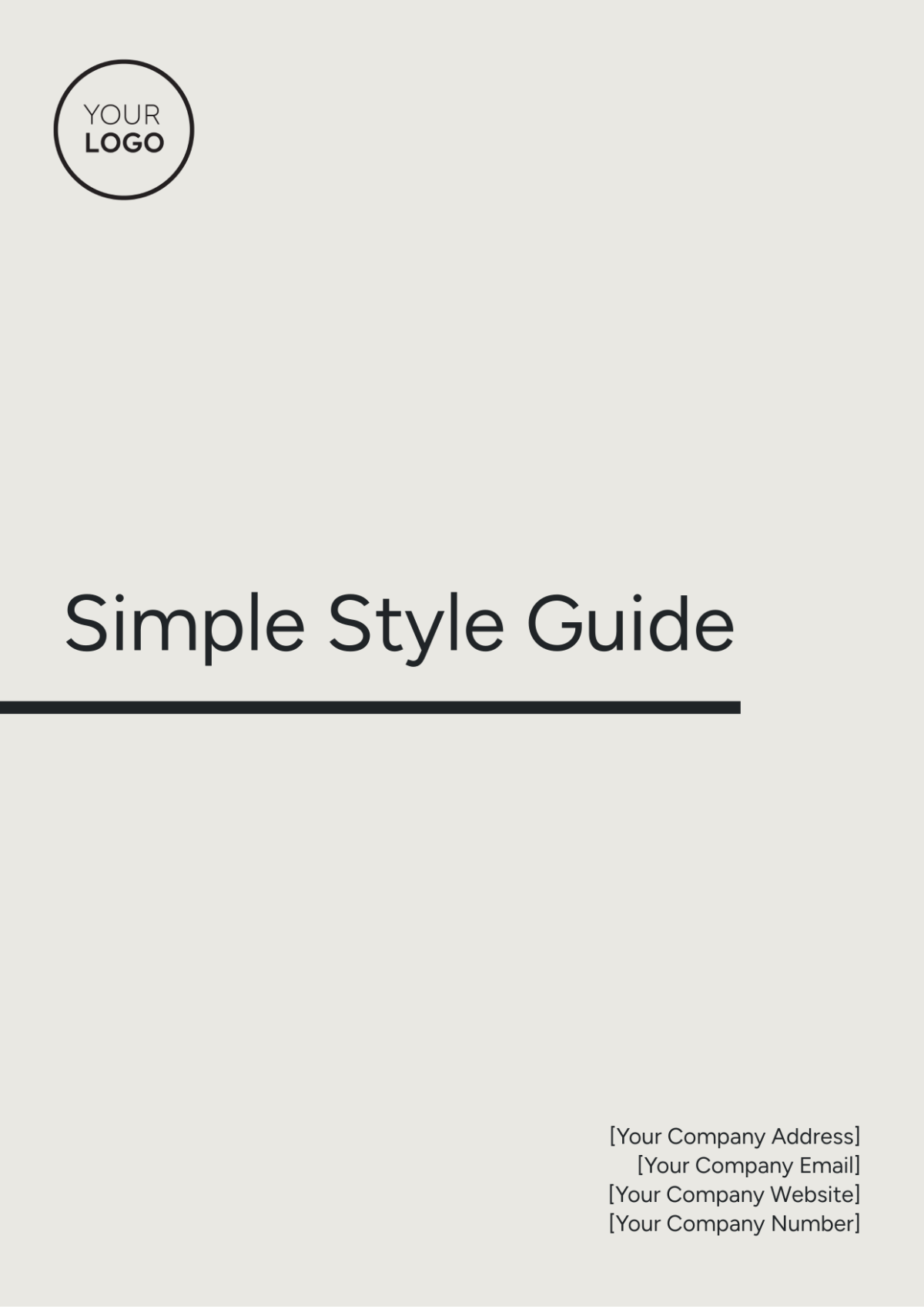Conversation Guide
I. Introduction
Welcome to the [YOUR COMPANY NAME] Conversation Guide! This guide is designed to assist you in navigating conversations effectively and professionally. Whether you're interacting with [CLIENTS/COLLEAGUES/STAKEHOLDERS], this guide will provide you with the tools you need to communicate with confidence.
II. Preparing for the Conversation
A. Know Your Audience
Research the background of the [PERSON/GROUP] you'll be speaking with.
Anticipate their [NEEDS/CONCERNS/OBJECTIVES].
Prepare relevant [TALKING POINTS/EXAMPLES] tailored to their interests.
B. Set Clear Objectives
Define what you aim to accomplish during the conversation.
Establish specific [GOALS/OUTCOMES] you hope to achieve.
Consider the desired [ACTION/NEXT STEPS] you want the other party to take.
III. Initiating the Conversation
A. Greeting and Introduction
Begin with a [WARM/PROFESSIONAL] greeting.
Introduce yourself and your role within [YOUR COMPANY NAME].
Express gratitude for the opportunity to connect.
B. Establishing Rapport
Find [COMMON GROUND/SHARED INTERESTS] to build rapport.
Use [ACTIVE LISTENING] techniques to demonstrate attentiveness.
Show genuine interest in the other person's [PERSPECTIVE/OPINIONS].
IV. Navigating the Conversation
A. Asking Open-Ended Questions
Encourage dialogue by asking [OPEN-ENDED QUESTIONS].
Seek [CLARIFICATION/DEEPER INSIGHTS] into the other party's needs.
Avoid [LEADING QUESTIONS] that may limit the conversation.
B. Active Listening
Practice [ACTIVE LISTENING] by paraphrasing and summarizing key points.
Validate the other person's [EMOTIONS/CONCERNS].
Avoid [INTERRUPTING/DOMINATION] the conversation.
V. Handling Challenges
A. Addressing Objections
Acknowledge any [CONCERNS/OBJECTIONS] raised by the other party.
Provide relevant [INFORMATION/EVIDENCE] to address their doubts.
Offer [SOLUTIONS/ALTERNATIVES] to overcome potential barriers.
B. Managing Conflict
Remain [CALM/COMPOSED] when faced with disagreements.
Focus on finding [COMMON GROUND/MUTUALLY BENEFICIAL SOLUTIONS].
Seek to understand the [UNDERLYING REASONS] behind the conflict.
VI. Closing the Conversation
A. Summarizing Key Points
Recap the main [HIGHLIGHTS/DECISIONS] made during the conversation.
Clarify any [ACTION ITEMS/NEXT STEPS] agreed upon.
Ensure mutual [UNDERSTANDING/CLARITY] before concluding the discussion.
B. Expressing Appreciation
Thank the other party for their [TIME/INSIGHTS/COLLABORATION].
Reiterate your commitment to supporting their [NEEDS/OBJECTIVES].
Leave the door open for [FUTURE COMMUNICATION/FOLLOW-UP].
VII. Conclusion
This conversation guide is designed to create a structured and efficient conversational flow. By adhering to this guide, you can ensure your interactions are productive, professional, and beneficial for both parties involved.
Should you have any questions or require further assistance, please do not hesitate to contact [YOUR NAME] at [YOUR EMAIL] or call [YOUR COMPANY NUMBER].

















































